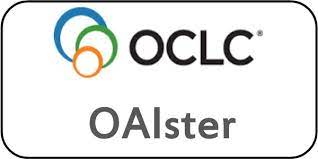Comparing the Incidence of Hearing Impairment in Normal to High-risk Newborns
Keywords:
Hearing impairment, otoacoustic emissions, high-risk newbornsAbstract
Screening by otoacoustic emission (OAE), to study the incidence of hearing impairment in newborns; 2) to
compare the incidence of hearing impairment in normal to high-risk newborns and 3) to study if the risk of hearing impairment
increases as the number of risk factors increase. Material and methods: This was a prospective nonrandomized observational
cohort study from November 2011 to December 2013. All newborns born in the hospital were included. Detailed history
(pre- and postnatal) of each newborn pertaining to risk factors for hearing loss was taken and a detailed examination was
done. Relevant serological tests were done. Newborns were screened for hearing impairment by OAEs and the result of the test
was noted as PASS/REFER (FAIL). Results: Overall incidence of hearing impairment in newborns: 1.8%, incidence of hearing
impairment in normal newborns: 0.7% and hearing impairment in high-risk newborns: 6.3%. Incidence of hearing impairment
was significantly higher in high-risk newborns compared to normal newborns (p < 0.01). Conclusion: Though, the incidence
of hearing impairment is significantly higher in high-risk newborns, targeted screening of high-risk newborns will result in
missing a significant number of normal newborns with hearing impairment. Hence, there is a necessity for universal newborn
hearing screening program.
Downloads
Published
Issue
Section
License
All open access articles published in IJCP are distributed under the terms of the CC BY-NC 4.0 license (Creative Commons Attribution-Non-Commercial 4.0 International Public License). This license permits unrestricted use, distribution, and reproduction of the articles in any medium for non-commercial purposes, provided that: The original authorship is properly and fully attributed. The IJCP is cited as the original place of publication with correct citation details. If an original work is reproduced or disseminated in part or as a derivative work, this must be clearly indicated. No articles are reproduced for commercial use without prior consent from the IJCP. All licensing requests and permissions for commercial use will be managed by the Publisher.










